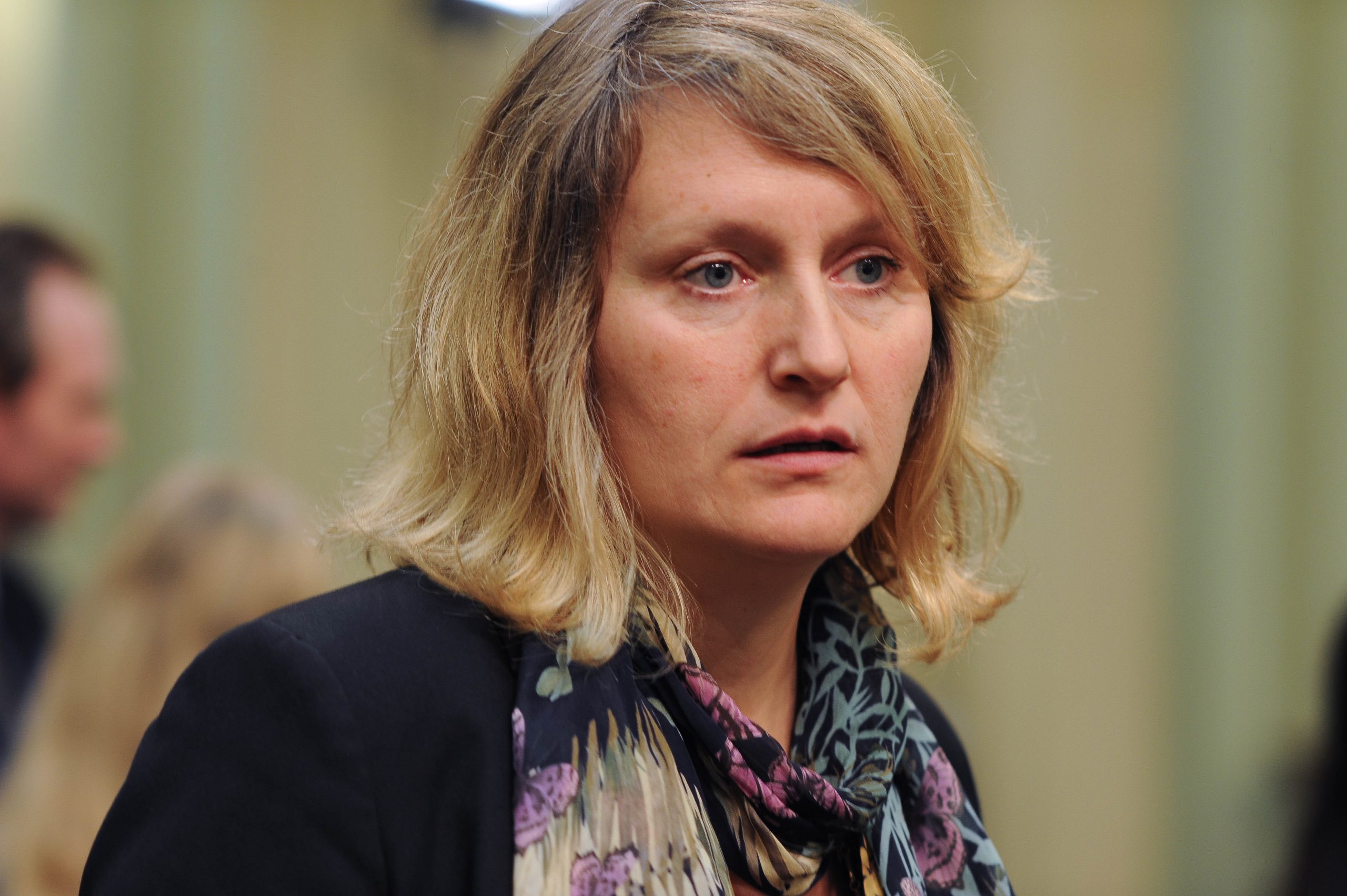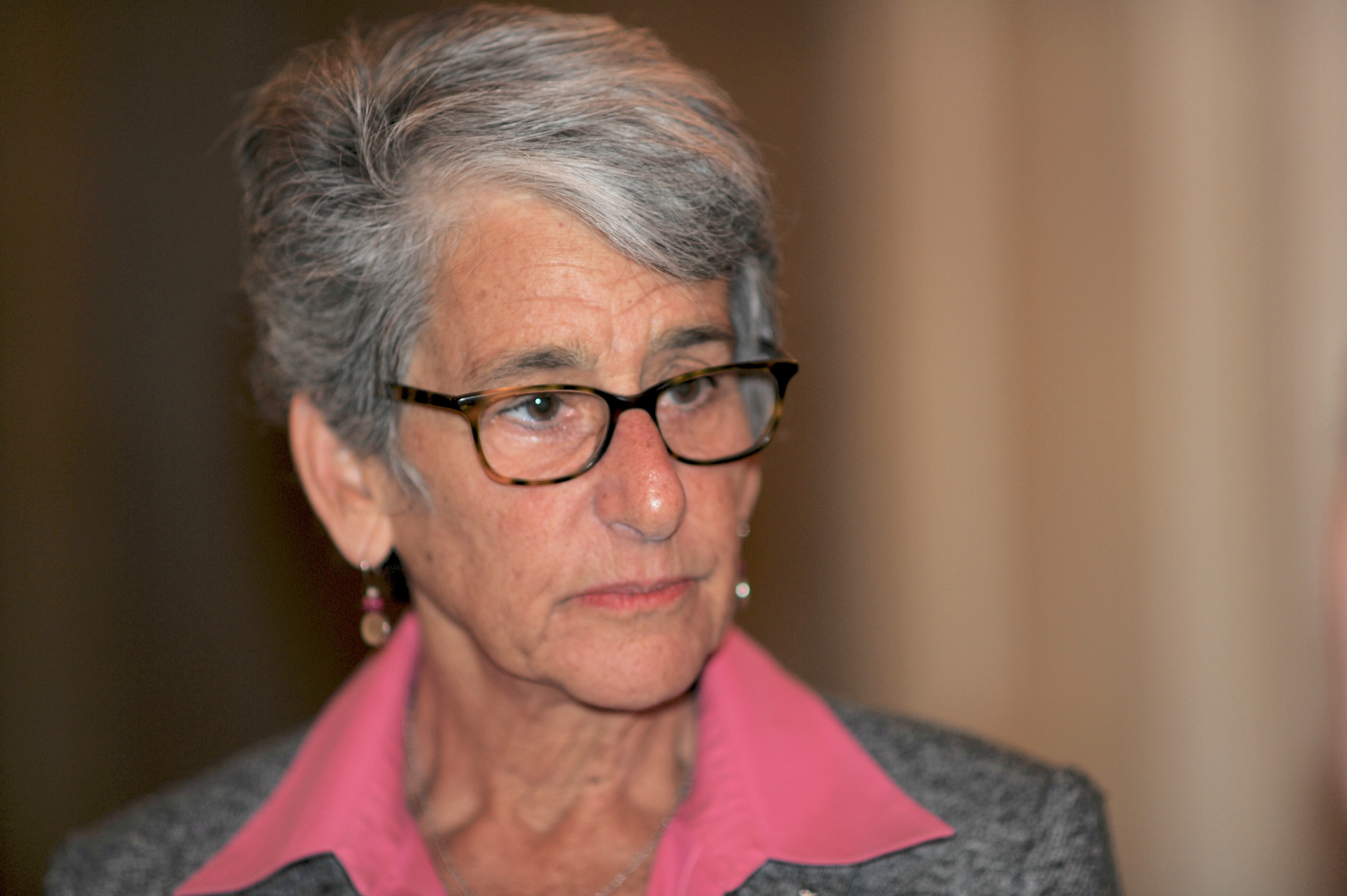
CA Gov. Gavin Newsom Florida ad. (Photo: gov.ca.gov)
Paid Family Leave Costs Going Up – Will Gavin be Here to See That?
When PFL increases, each one-tenth of a point raise will mean a bit over $1 billion in new taxes on businesses statewide
By Thomas Buckley, May 13, 2023 7:53 am
Last year, Governor Gavin Newsom signed SB 951 by Sen. Maria Elena Durazo (D-Los Angeles) to increase the size and scope of the state’s paid family leave (PFL) program.
The bill (he vetoed a similar bill the year before during recall time…wonder why) involved two critical changes – first, the definition of “low wage worker” was modified to move the wage limit from $27,000 per year to $57,000 per year and, second, the percentages of regular of the benefit were increased, going to 90% for those same low wage workers and 70% for everyone else (from 70% and 60%, respectively.)
The changes take effect in January, 2025, presumably to give Newsom “I’m not a tax and spend liberal” deniable space to become president and to allow enough time for the cubicle clots at the Employment Development Department (EDD) that administers the program to re-jigger their steam-powered analog computer to hopefully pay the correct amounts (analog has a much warmer sound).
Proponents of the change noted that lower income workers tended to be less likely to take advantage of the seven-weeks of support. While it is true that higher wage earners – as a percentage of that demographic groups – use the program at a higher rate, lower wage earners use it at about the same rate as their overall population representation.
This is one of the reasons that the average weekly benefit is higher than one would expect. In 2022, it was $867 per week, which is what a person making about $80,000 per year would receive under the rules of the program. This is unquestionably higher than the average female full-time annual pay of about $52,000 in California (though no matter how much you make the benefit cannot be higher than $1,540 a week.)
Employers in California are taxed usually about 1% of wages to pay for both the PFL program and the regular disability insurance program (NOT worker’s comp,) though that number can vary from year to year and will almost assuredly go up in the near future to cover the expected increased costs. Currently, only the first $145,000 or so of wages are subject to the tax; starting in 2025 that cap will be removed which will bring in some revenue but it will not be enough to cover the new costs, the EDD has stated in the past.
The cap on the rate is 1.5%. When it increases, each one-tenth of a point raise will mean a bit over $1 billion in new taxes on businesses statewide.
Interestingly, the regular disability insurance average payout is about $50 per week lower than the PFL benefit, but, unlike the PFL which is capped at 8 weeks (most people take 7), disability can run for an entire year (though most take only about 16 weeks). Also, of the total amount of receipts of about $10.5 billion, the PFL program currently uses about 15%, also a number expected to go up.
PFL covers more than new baby leave (family caregiving, etc.) and is open to both mothers and fathers – and, yes, those words are used on the EDD’s own website! But before you breathe a sigh of relief, it does also refer to “people who are pregnant.”
Finally, the site also suggests you start learning about the PFL program when you are pregnant. Considering how the EDD handled the pandemic unemployment benefits fiasco, you may want to think about starting the process after the third date.
- Benefit Fraud Problems and Solutions - November 7, 2024
- A Little Exit Poll - November 5, 2024
- Tomorrow’s Headlines Today! - November 5, 2024





Our CA state government is working day and night to drive businesses out of the Golden State.
It’s the one thing our Democratic Party rulers are good at.
The fact checking at the globe as gone down hill. Increased taxes arrive next year not in 2025. Employees also pay the taxes not employers.